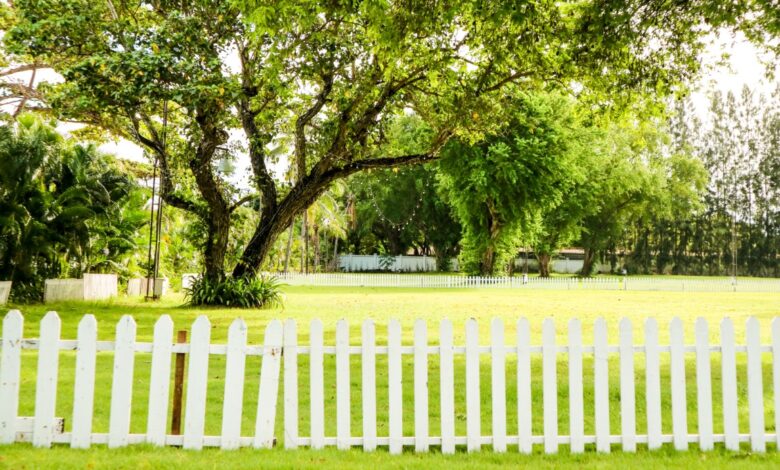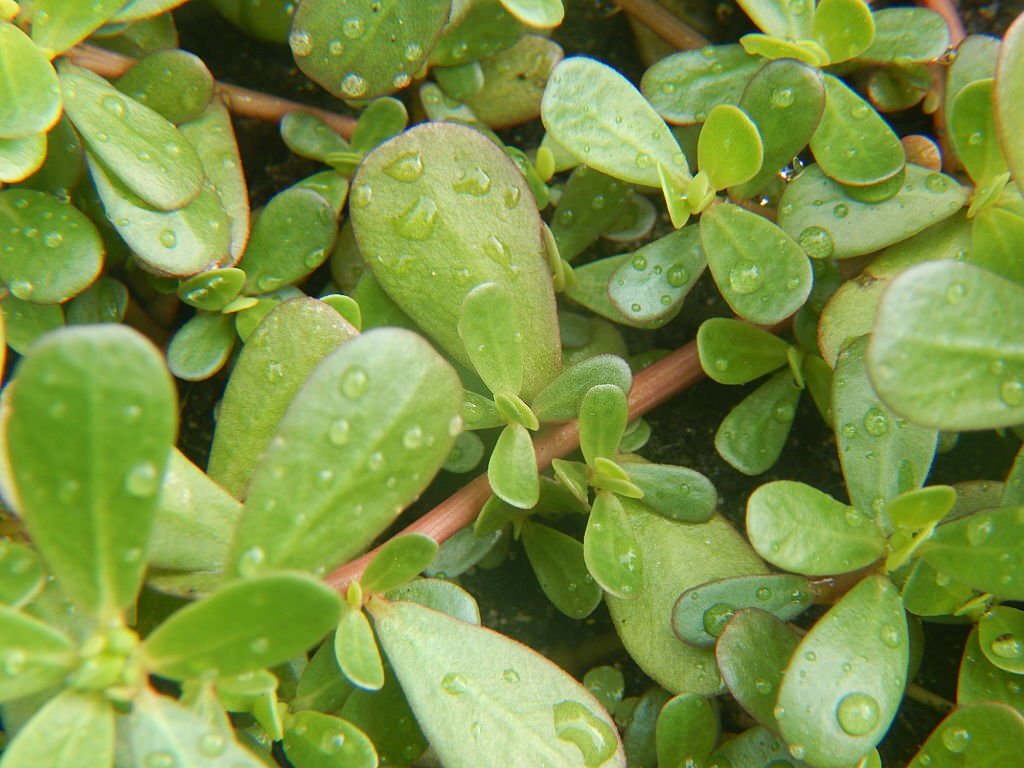Yard Plan Like a Pro With These 7 Expert Tips

Last updated on June 24th, 2024 at 11:04 am
A well made yard plan not only adds value to your property, but also gives you a beautiful oasis to unwind in after a long day. However, planning a yard can be overwhelming, especially if you don’t have the necessary skills or expertise. That’s where we come in! We’ve compiled some expert tips that will help you plan your yard like a pro. From budgeting to design, keep reading to learn everything you need to know. Let’s get started!
Assess Your Space
The first step to planning any landscape is to take stock of the space you have. Spend some time outside observing the sunlight, wind, and soil conditions of your yard. Make note of any slopes, rocks, or other features that could impact your design. Once you’ve assessed your yard, you can begin to envision how you want it to look, considering both form and function.
If you have a large yard, consider creating multiple zones for different activities. This could include a dining area, a play area for kids, and a relaxation space with comfortable seating. For smaller yards, think vertically by using hanging plants or vertical gardens to maximize space. You can also create the illusion of more space by incorporating mirrors into your design or opting for slim furniture pieces.
Preparing Your Yard Plan
After you’ve assessed your space and have a rough idea of how you want to use it, it’s time to prepare the yard for landscaping. This includes clearing any debris, removing weeds and unwanted plants, and leveling the ground if necessary. Depending on your budget, you may also choose to hire professionals, such as Terry Equipment Company, LLC, for tasks such as tree removal, clearing away extra dirt, or adding irrigation systems.
Budgeting
Before you start buying plants and hiring professionals, it’s important to set a budget for your yard design. While yard planning is an investment, it doesn’t have to break the bank. Decide what your maximum budget is, and then work backward from there. Allocate funds for professional work, such as paving or garden design, but also for smaller items such as plants, hoses, and irrigation systems.
Keeping yourself in check is crucial when it comes to budgeting for your yard design. It’s easy to get carried away and overspend on unnecessary items or services. To avoid this, make a list of must-haves and nice-to-haves for your yard. This will help you prioritize where to allocate your funds. Additionally, consider DIY projects or reaching out to friends and family for help with tasks, which can save you money in the long run.
Design
Once you’ve assessed your space and set a budget, it’s time to get creative and start designing your dream yard. A crucial step to designing your yard like a pro is to plan using the principles of design, such as unity, balance, and contrast. Begin by creating a rough sketch of your yard, including plant placement, hardscape features, and any other outdoor structures. From there, consider the color palette, patterns, and texture you’d like to incorporate into your design.
If you’re struggling to come up with ideas for your yard design, don’t worry! There are countless sources of inspiration that you can tap into. One great place to start is by looking at magazines or online resources dedicated to landscaping and outdoor design. You can also take a walk around your neighborhood or visit local botanical gardens for ideas.
Plant Selection for Yard Plan
Choosing the right plants is an important part of designing your yard plan. It’s essential to consider the amount of sunlight and water your yard receives, as well as the soil quality. Research the plants that are well-suited to your climate, and also consider their height and spread potential. Try to select a variety of plants with different growth habits and visual interest.
If you know that you won’t have the time or resources to maintain your yard every day, it’s important to choose low-maintenance plants. These types of plants require minimal pruning, watering, and fertilizing, making them perfect for busy lifestyles. Some examples of low-maintenance plants include succulents, ornamental grasses, and evergreen shrubs. Incorporating these types of plants into your yard design will not only save you time and effort, but also ensure that your yard stays healthy and beautiful. It’s always a good idea to consult with a local nursery or landscaping professional for advice on which plants will work best for your specific needs and environment.
Maintenance
Don’t forget to take into account yard maintenance. Consider how much time you’d like to spend maintaining your yard each week, and design accordingly. If you don’t have much time to devote to your yard, consider investing in an automatic irrigation system that can also help to reduce the time and energy required to maintain your yard.
For those who have the time and resources to dedicate to yard maintenance, there are many high-maintenance options available. These could include exotic plants that require specific care and attention, or elaborate outdoor structures such as a swimming pool or fountain. Incorporating these elements into your yard design can add a unique flair and create a luxurious oasis for you to enjoy. However, it’s important to carefully consider the ongoing maintenance and costs associated with these options before incorporating them into your design.
Tips for Longevity
To ensure that your yard stays in top shape for years to come, there are a few tips you should keep in mind. Regularly fertilizing and aerating your lawn can help promote healthy growth and prevent weed invasions. Additionally, it’s important to regularly prune trees and shrubs to maintain their shape and encourage new growth. Mulching around plants can also help retain moisture and prevent weed growth. Finally, stay on top of any pest or disease issues by regularly inspecting your plants and taking appropriate action if necessary. By following these tips for longevity, you can maintain a beautiful yard that will bring joy for years to come.
Designing your yard is a chance to create a beautiful, functional space that you and your family can enjoy for years to come. By assessing your space, setting a budget, and designing thoughtfully, you can plan your yard like a pro. From choosing the right plants to incorporating hardscape features, there are many factors to consider when designing your outdoor haven. However, with these expert tips and a little creativity, you’ll be sitting in your beautiful, well-designed yard in no time!





